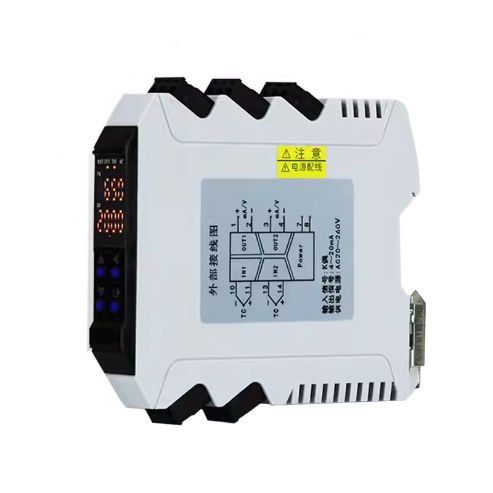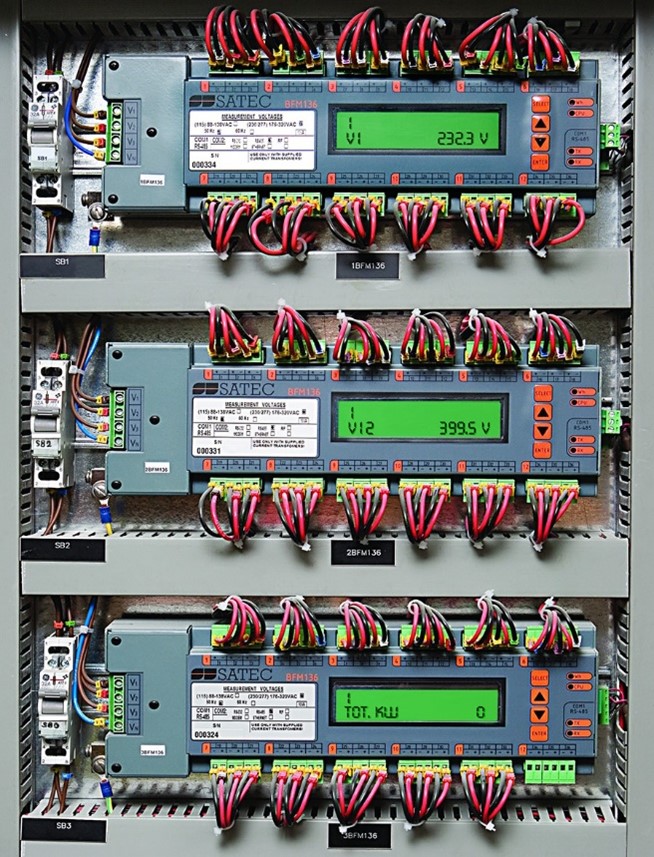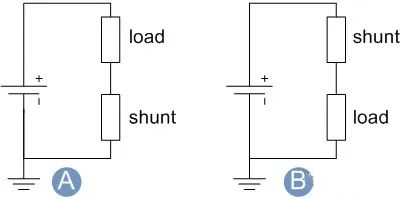A reverse power protection relay is a specialized protective device used in electrical power systems to safeguard generators from damage caused by reverse power flow. Reverse power occurs when a generator begins to operate as a motor, consuming power instead of producing it. This can happen due to prime mover failure, synchronization errors, or grid disturbances, leading to serious mechanical and electrical damage.
Reverse power relays are widely used in synchronous generators, both in standalone and parallel operation, to prevent excessive torque on the prime mover, shaft damage, or generator overheating. By detecting the direction of power flow, these relays isolate the generator from the network before severe damage occurs.

Working Principle of a Reverse Power Relay
The reverse power relay operates by continuously monitoring the active power flow from the generator to the load or grid. Its working principle involves several key steps:
Current and Voltage Measurement
The relay receives inputs from current transformers (CTs) and voltage transformers (VTs) connected to the generator terminals. The measured voltage and current are used to calculate real (active) power and its direction.
Phase Comparison and Power Direction Detection
In a typical electromechanical relay, the phase difference between current and voltage is analyzed using a polarized relay coil. When the power flow reverses, the relay coil becomes energized in the reverse direction, producing a mechanical movement that actuates the trip contact.
Time Delay and Stability
Reverse power relays incorporate a time delay to prevent nuisance tripping during short-term fluctuations or transient reversals at startup or load rejection. This delay is adjustable depending on the generator’s size and operational parameters.
Trip Signal Generation
Upon detection of sustained reverse power beyond the preset threshold and time delay, the relay triggers a trip command to the generator breaker. This isolates the generator from the network, protecting both the generator and the prime mover from potential mechanical stress.
Functions of a Reverse Power Relay
A reverse power relay provides several critical functions in generator protection:
Protection Against Prime Mover Damage: Prevents generators from motoring due to a failed prime mover, which could cause excessive shaft torque and mechanical damage.
Generator Protection in Parallel Operation: Ensures that a generator operating in parallel with other units does not feed power backward into the network when it is out of synchronism or under load rejection.
Fault Detection and Isolation: Identifies abnormal power flow conditions and quickly isolates the generator to prevent electrical or mechanical faults from propagating to other units.
Minimization of Operational Downtime: By preventing severe damage, reverse power relays reduce maintenance requirements and downtime, improving overall system reliability.
Integration with Automatic Protection Systems: Modern reverse power relays can be integrated with generator control systems, SCADA, and PLCs, providing monitoring, alarm, and event logging for operators.
Applications of Reverse Power Protection Relays
Power Industry (Conventional Generation & Transmission/Distribution)
Reverse power relays are widely used in thermal, hydro, and gas-fired power plants to protect synchronous generators from motoring during load rejection, prime mover failures, or grid disturbances. By detecting reverse power flow, the relay isolates the affected generator, preventing shaft stress, mechanical damage, and potential overheating. They are also critical in substations and distribution systems for safe parallel operation of multiple units.
Renewable Energy Generation
In wind, solar, and hybrid power plants, reverse power relays safeguard synchronous and induction generators against reverse power caused by sudden grid outages, unstable input, or synchronization errors. These relays help prevent generator motoring and ensure smooth integration with the grid, enhancing operational reliability and prolonging equipment life.
Industrial Sector (Captive Power Plants & Critical Loads)
Industrial facilities with captive power plants or critical load generators rely on reverse power protection to maintain uninterrupted power supply. The relay prevents damage during load fluctuations or engine failures, ensuring that essential processes and sensitive equipment remain protected while minimizing operational downtime.






